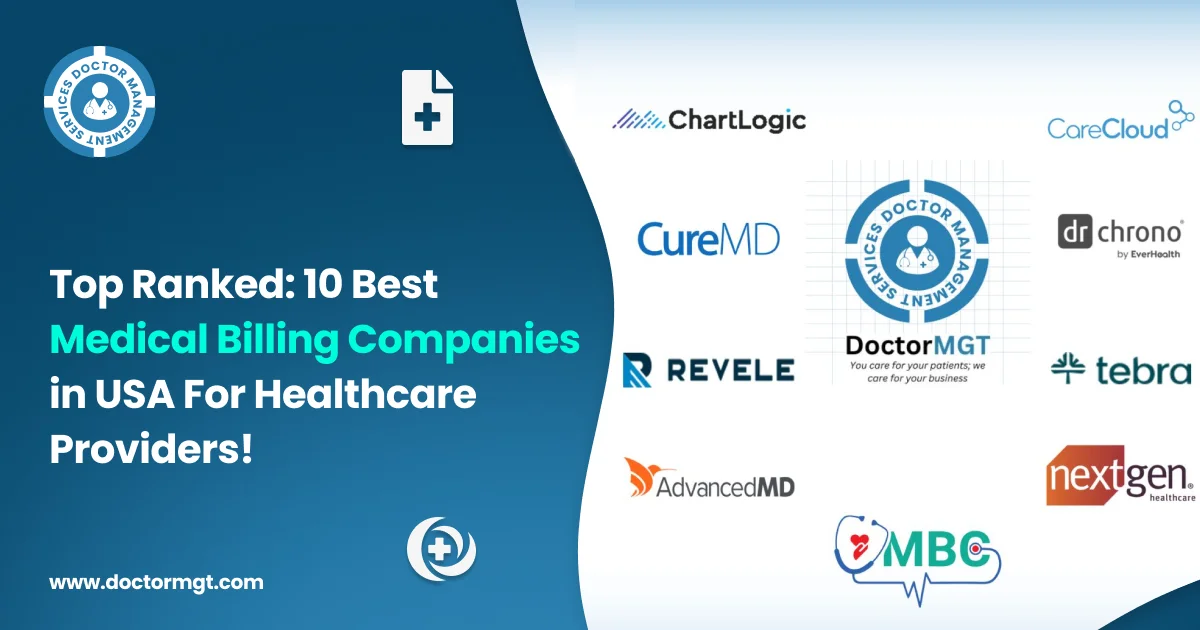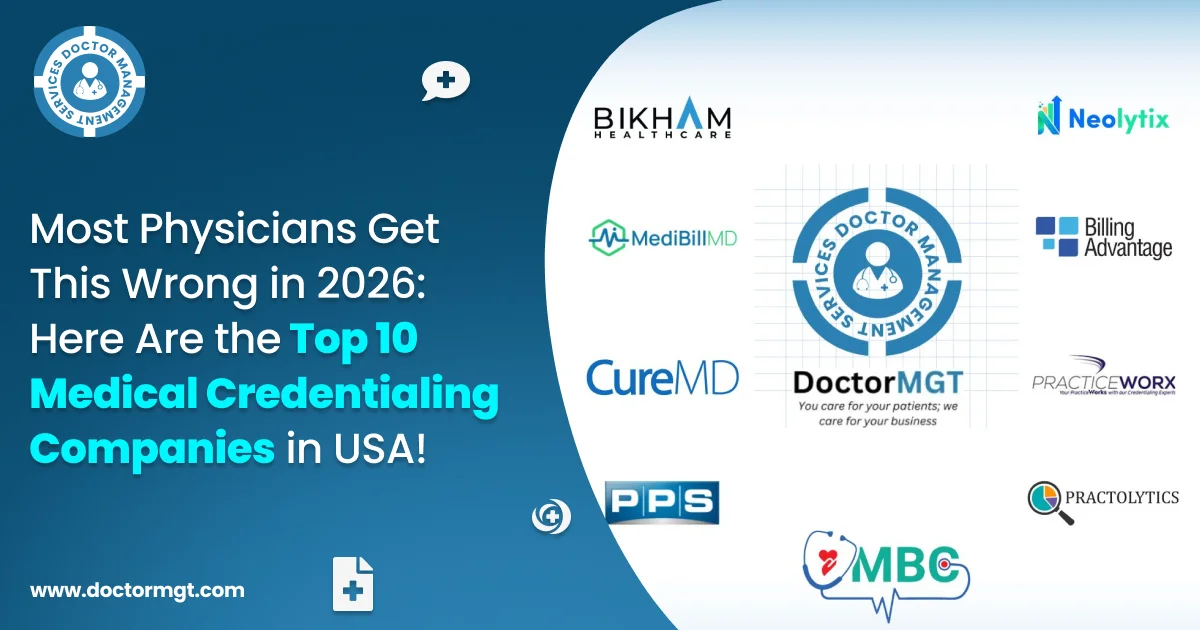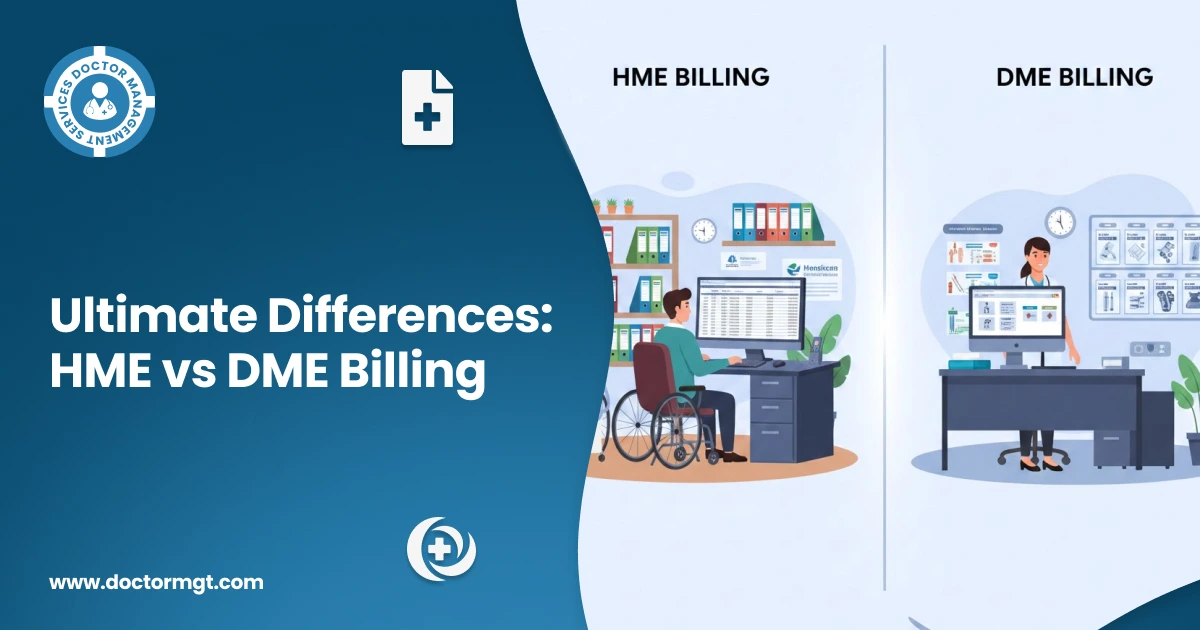Autologous platelet concentrates, or platelet-rich plasma (PRP) therapy, has become quite popular in the recent past, mostly in orthopedics and sports medicine. PRP injections help promote healing in the affected areas by utilizing the patient’s own cells capable of rejuvenating damaged tissues; thus, the procedure is a viable solution for cases of chronic pain and injuries. However, the billing and coding of PRP injections present a certain level of difficulty.
Before administration, it covers services like imaging, where the antibiotic is injected; blood tests, where the patient is tested mainly on the arm; and processes where plasma is harvested and prepared for the patient. Despite the fact that some of these treatments have codes, any service that entails an in-office PRP injection should be billed under code 0232T.
It is vital to get an understanding of reimbursement billings for non-wound PRP injections, and this guide will enlighten healthcare practitioners in medical billing services in California.
What is PRP Therapy?
PRP is derived solely from the patient’s blood, and studies have shown that it is very useful in the treatment of certain skin conditions, given the type and phase of aesthetic medicine. Blood is initially taken from the patient, followed by the process of contributing to obtain platelet concentrate, and then injected into the affected part of the body. The growth factors in the platelets therefore promote healing as well as tissue regeneration. PRP injections are used for various conditions, including:
- Tendonitis
- Ligament injuries
- Osteoarthritis
- Muscle strains
- Chronic joint pain
PRP therapy is therefore popular because there is little chance of an allergic reaction or other complications due to the use of the patient’s own biological material. In addition, since many of these procedures are less invasive than standard surgery, one can get well faster as compared to surgical procedures.
Codes for PRP Injections
Coders are responsible for the reimbursement and care hence proper coding must be maintained to avoid penalties and denials of the care. Here are the key codes to be aware of:
1. CPT Code 0232T:
Since the code 0232T was added to the CPT Category III code list, it became possible to report PRP injections to a particular site. This code is applicable through the harvest, prep, and any imaging for the procedure if needed. This code can be reported only when PRP is done during an entirely separate and distinct patient encounter from surgery.
PRP is helpful in cases where healing does not occur under normal circumstances or characterizes the particular injury. It comprises concentrated platelets that have growth factors such as the platelet-derived growth factor, transforming the growth factor, and others.
In the case where it is introduced into a non-healing wound, it triggers a cascade effect through the activation of growth factors. These growth factors later stimulate a number of fibroblasts and enhance the rate of tissue repair in injuries.
2. ICD-10 Codes:
It is important to understand that these codes will differ according to the diagnosis being treated with PRP. Common examples include:
- M75.100: Unspecified rotator cuff tear or rupture of unspecified shoulder, not specified as traumatic.
- M77.10: Lateral epicondylitis, unspecified elbow.
- M19.90: Unspecified osteoarthritis, unspecified site.
- M25.561: Pain in the right knee.
- M25.562: Pain in the left knee.
- M70.20: Unspecified bursitis of the hip.
- M72.2: Plantar fascial fibromatosis.
- M75.81: Other shoulder lesions, right shoulder.
- M75.82: Other shoulder lesions, left shoulder.
- M75.5: Bursitis of the shoulder.
- M77.9: Enthesopathy, unspecified.
3. Modifiers
Modifiers are used to provide additional information about the services rendered:
- Modifier 59: Distinct procedural service.
- Modifier RT: Right side (used to identify procedures performed on the right side of the body).
- Modifier LT: Left side (used to identify procedures performed on the left side of the body).
4. G0460
For chronic wounds/ulcers, autologous platelet-rich plasma therapy includes the following; blood sampling (phlebotomy), blood centrifugation, preparation and also the application of the plasma, and finally the bandaging.
Challenges of Billing and Coding
Billing and coding for platelet-rich plasma (PRP) injections, especially for non-wound applications, present several unique challenges. These difficulties can significantly impact reimbursement and the financial health of a medical practice.
For doctors utilizing management services and those involved in workers compensation billing, understanding, and navigating these challenges are crucial to maintaining efficient and effective practice operations.
1. Insurance Coverage Limitations
Challenge: One of the primary challenges is that many insurance companies consider PRP injections as experimental or investigational. This classification often results in limited or no coverage for the procedure.
Impact:
- Denied claims and out-of-pocket costs for patients can lead to dissatisfaction and reluctance to pursue PRP therapy.
- Practices may face financial strain due to non-reimbursed services.
Solution:
- Verify insurance coverage for PRP injections prior to treatment.
- Obtain prior authorization and provide comprehensive clinical documentation to justify the medical necessity of the procedure.
- Communicate clearly with patients about potential costs and insurance coverage limitations.
2. Complex Coding Requirements
Challenge: Accurate coding is essential for successful billing, but the process can be intricate. The use of the CPT code 0232T for PRP injections and the need to pair it with the appropriate ICD-10 codes can be confusing.
Impact:
- Incorrect coding can lead to claim denials or delays in reimbursement.
- Misunderstanding or misapplying codes can result in compliance issues and potential audits.
Solution:
- Ensure that your billing team is well-trained in the specific codes related to PRP therapy.
- Regularly review and update your coding practices to align with current guidelines.
- Utilize professional coding resources and consider consulting with a doctors management service specializing in PRP injections.
3. Documentation Requirements
Challenge: Thorough and precise documentation is crucial for supporting the medical necessity of PRP injections. However, keeping detailed records can be time-consuming and burdensome.
Impact:
- Inadequate documentation can lead to claim denials.
- The administrative burden on healthcare providers can detract from patient care.
Solution:
- Implement standardized documentation procedures to ensure consistency and completeness.
- Use electronic health records (EHR) systems to streamline documentation and make it easily accessible for billing purposes.
- Train staff regularly on the importance of detailed and accurate record-keeping.
4. Navigating Workers Compensation Billing
Challenge: Workers Compensation adds another layer of complexity to the process. Each state has its own regulations and guidelines, and PRP injections may not be uniformly recognized or reimbursed.
Impact:
- Delays in reimbursement and additional administrative work to meet varying state requirements.
- Potential for increased claim denials and appeals processes.
Solution:
- Stay informed about the specific Workers’ Compensation guidelines in your state regarding PRP therapy.
- Work closely with a Medical Billing Services California that has expertise in Workers Compensation Billing to ensure compliance and maximize reimbursement.
- Develop a robust process for managing Workers’ Compensation claims, including detailed documentation and proactive follow-up with insurers.
5. Patient Communication and Financial Counseling
Challenge: Effectively communicating with patients about the costs, benefits, and insurance coverage of PRP injections is essential but can be challenging.
Impact:
- Patients may be deterred by potential out-of-pocket costs if they are not adequately informed.
- Miscommunication can lead to patient dissatisfaction and potential disputes over billing.
Solution:
- Provide clear and comprehensive information to patients about the PRP procedure, including financial implications and insurance coverage.
- Offer financial counseling services to help patients understand their payment options and any potential financial assistance programs.
- Ensure that consent forms are detailed and clearly outline the patient’s financial responsibilities







